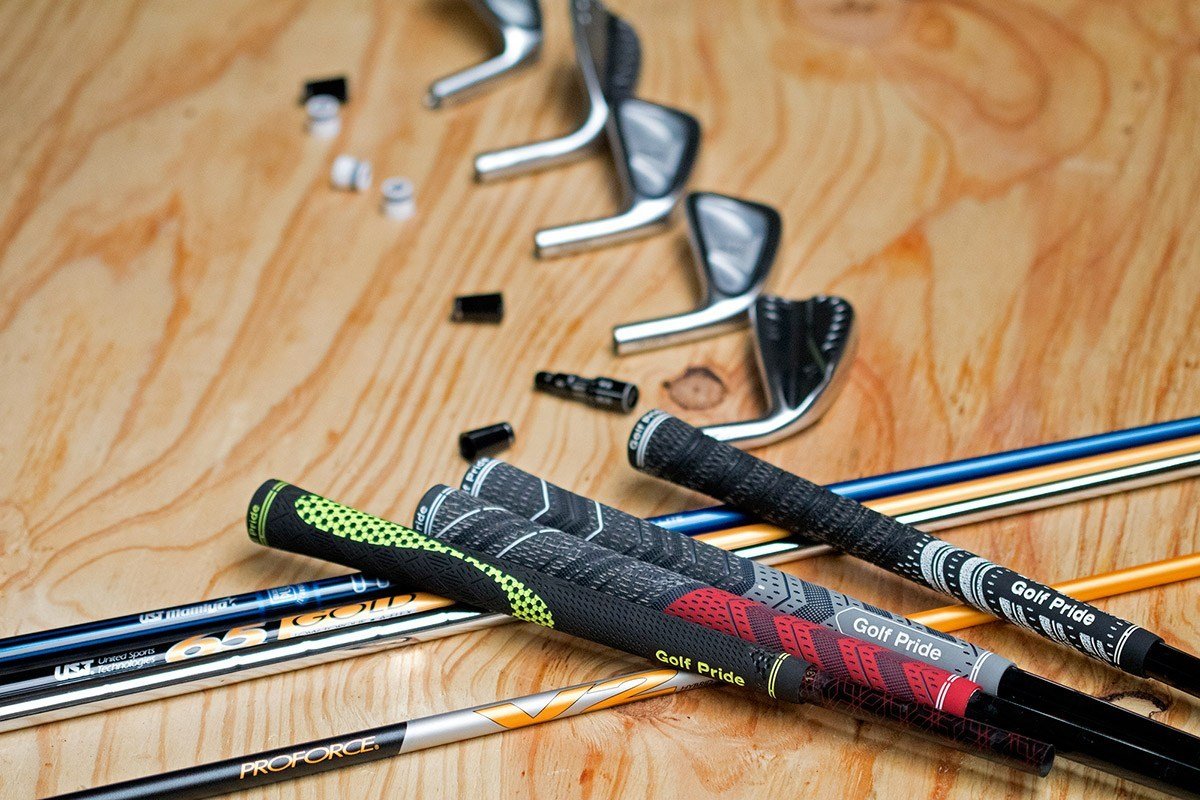What is the Purpose of Each Club Component?
by Shawn Zawodni, Master Club Fitter
Miles of Golf in Ann Arbor
Golf is super simple.
It’s nothing more than a game of energy transfer. Your energy goes into the grip, that energy is transferred to the shaft and accelerates the shaft which in turn accelerates the head. The head contacts the golf ball (hopefully) and transfers energy to the ball putting it into motion.
See, super simple, at least on paper…
The golf club has three main components: the shaft, head, and grip. From a physics standpoint, you can think of the shaft and the head together as a spring-mass system. The shaft is the spring, and the head is the mass. When the club is put in motion the head acts as a load that elastically deforms the shaft. As the shaft tries to recover and return to a non deformed position, it accelerates the head. Let’s break down each component and look at what they do.
Shaft (spring): Contrary to popular belief and internet lore, the shaft is not the most important part of the club. It is a critical piece of the puzzle that we need to get right. But the head is actually what transfers energy to the ball and puts it in motion. Both are needed to achieve maximum performance.
The shafts job is to help the head get to the ball in a predictable manner. Variables in the shaft that determine how it’s going to react to your energy input are: length, stiffness (spring rate), weight, balance point, torque, kickpoint, etc. Changing any variable will change the timing of the swing and will alter impact.
Head: The head is the component that actually transfers the energy to the golf ball. This component is what is going to determine the trajectory of the golf ball. Some factors of the club that determine ball flight are: loft, coefficient of restitution, coefficient of friction between the ball and the face, center of mass position, moment of inertia, etc. These factors along with swing dynamics are going to determine the trajectory of the ball.
Grip: This is the point of contact in which all of the energy the player generates is input into the system. Grip is often overlooked due to the fact that it’s the smallest, least expensive component of a club. In actuality, there are many variables in a grip that can affect performance. Those variables include: weight, diameter, taper, rib, material, firmness, etc. So how do you find out the best grip for you? We actually conducted a grip size test twice, approximately a decade apart from each other. What we found is that the only variable that had a correlation with performance was feel. So the bottom line is, feel good, play good!
Learn more about golf fittings and clubs by visiting: www.milesofgolf.com

